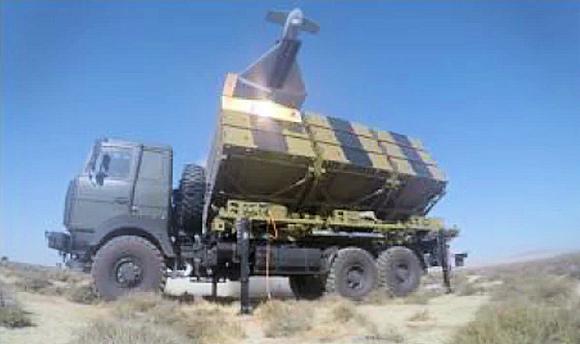The war between Armenia and Azerbaijan is highlighting the role of UAVs (Remotely Piloted Aircraft) in a modern conventional conflict.
We have been accustomed to observing the use of drones in contexts of asymmetric warfare: both Americans and Israelis use a variety of unmanned carriers to eliminate terrorists. The Turkish intervention in Syria and the subsequent one in Libya, on the other hand, saw TB2 drones Bayraktar suppress the enemy defenses, creating corridors to be able to feed the offensive.
Ankara is also intervening in the Caucasian conflict, which is obvious given the economic relations with Baku and the historical hostility towards the Armenians (a century ago the Turks were the architects of the first genocide in history against the Armenian people).
But in Azerbaijani tactics on the use of drones a very important role is played by the Israelis. In fact, the Baku armed forces are equipped with several models of UAVs produced in Israel. Especially drones Harpy e harp they have been designed to suppress opposing defenses thanks to their small size and low radar signature due to technology stealth. The Harop is an evolution of the Harpy, it can be parked in flight waiting to lock onto a radar source or be manually guided to the target. In practice, these are drones suicidal, therefore intended to die with the performance of their mission (being equipped with a warhead with about 30 kg of explosives).
The Caucasian scenario should be a lesson for Europeans. In fact, UCAVs will be increasingly required to go within the range of the opposing defenses to neutralize their defenses. However, the current UAV models, supplied today to the European air forces, are optimized for low intensity scenarios. Put simply, the classic reconnaissance and surveillance UAV would be an easy target for air defenses (a practical example we Italians had, last year, with the shooting down of a Reaper over the Libyan skies by Haftar's militias). Hence the need to produce more stealthy aerodynamic formulas (also making extensive use of technology stealth in order to reduce the radar signature), internal hold for carrying weapons and higher speed.
Photo: azeri defense












